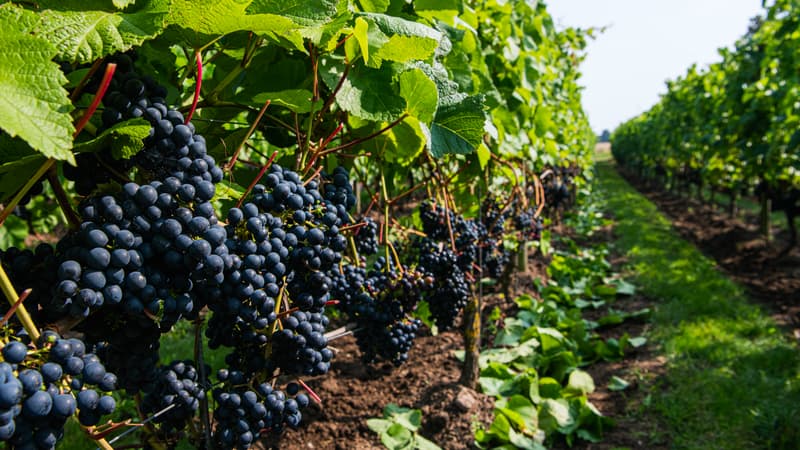An unexpected country is emerging gradually in the vineyards. Far from the Tuscan and Bourgeois coasts, the wine industry is booming in Sweden, reports Bloomberg. During the last decade, the number of vineyards for commercial purposes has doubled in Sweden: the country is now forty. According to the Sweden Agriculture Office, around 200 hectares of vineyards are growing, especially in the Scanie region.
Swedish wines, mainly white, want to believe a promising future thanks to local demand and exports, while the traditional wine regions of southern Europe face the first effects of climate change.
The British example
In the measured ambition, Sweden directs his gaze to the Wine model of the United Kingdom, another stranger of wines that took a few decades ahead of his Scandinavian neighbors, some 3,700 hectares are now registered throughout the channel, says Bloomberg. Sweden hopes to join the “Fresh Climate Wines” club such as Germany, New Zealand or the northwest of the United States.
The most popular grape variety with local producers, the Solaris plays a key role, because it resists the cold and is suitable for a wide range of wines.
In addition to the local desire for Swedish wines, curiosity is also foreign. According to the Swedish Statistics Institute, exports have increased almost 30% since 2020, reaching around 29 million euros in 2024. They are mainly parties to other European countries, Japan and the United States.
Floor regulations
But the game is not yet won by Swedish wine, still confronted with several obstacles. The local sector is far from being sufficiently structured today and, above all, production costs remain significant due to the small size of the local vineyard, which reduces the price of the Swedish bottles up. These are much more expensive than their equivalents from other European countries.
A new law, which entered into force last June, could promote the development of the sector. In Sweden, the sale of alcohol is subject to the monopoly of a public company, the only one that can sell alcohol beyond 3.5% in its stores. On an experimental basis, the fields are now authorized to sell their production directly to consumers.
Source: BFM TV


